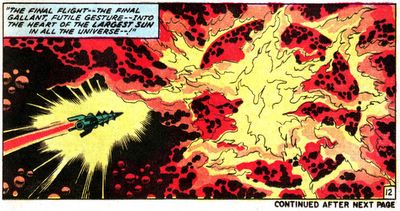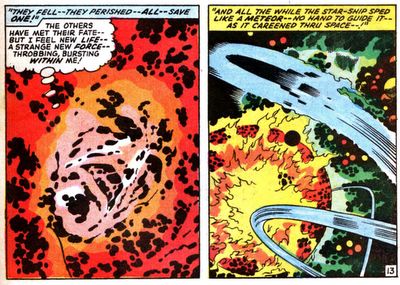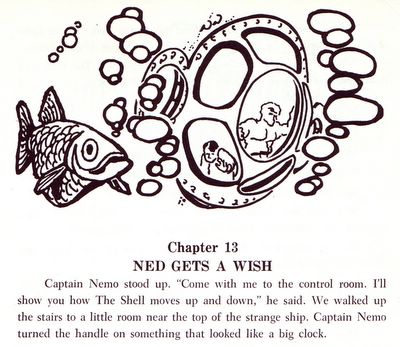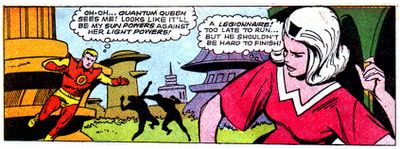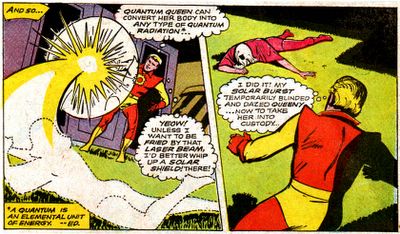And in colour:




CLICK ALL IMAGES TO ENLARGE & READ

“THE LIFE & ADVENTURES OF SANTA CLAUS… was the last ANIMAGIC TV Special from RANKIN/BASS and originally aired on CBS in 1985. It is based on a story by FRANK L. BAUM (WIZARD OF OZ) and is well loved by a generation of fans that grew up in the 1980's!”Think of it as a cross between the classic “Rudolph” and “The Mad Monster Party”. “Adventures” has a lot of cool monsters and weird fantasy creatures, and is definitely cut from a darker cloth than the rest of the Rankin/Bass specials. Which is probably why it is rarely broadcast these days. link

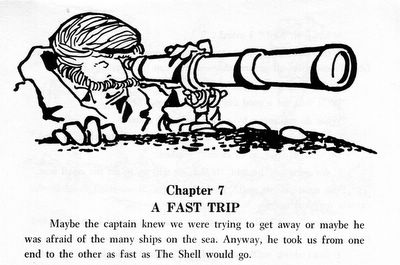
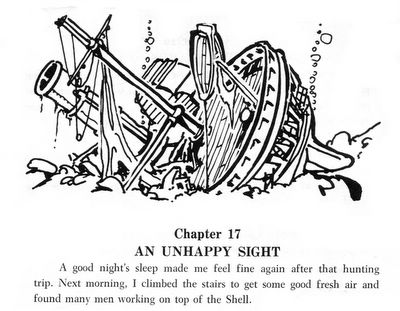
Scientists have discovered what appears to be a new kind of cosmic explosion. They call the explosion a hybrid gamma-ray burst.
